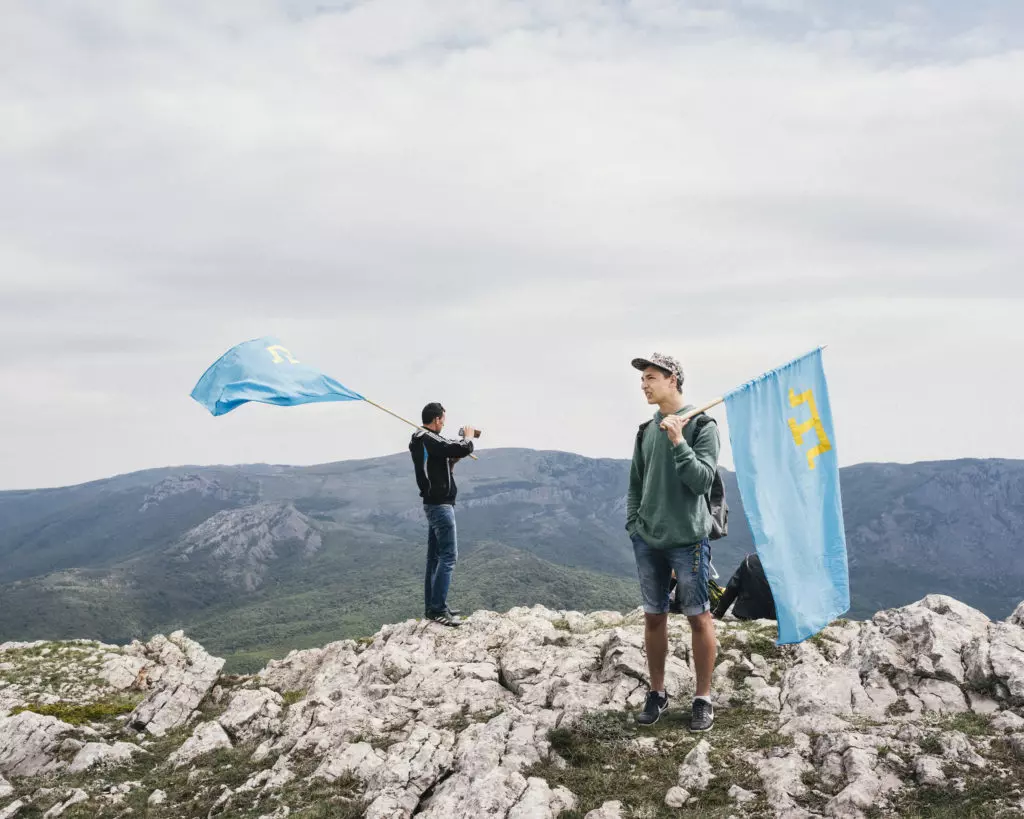
Two men survey the landscape from Chatyr-Dag. In the Crimean Tatar language, chatyr means “tent” and dag is “mountain”. They hold Crimean Tatar flags which feature the golden Tamga, the stamp or seal that originally symbolized the Girey dynasty of the Crimean khanate. The Crimean khanate, much larger than present day Crimea was a significant power in eastern Europe before Russia annexed the territory in 1783. Control over the beautiful, bountiful, and strategically located “Green Isle” has become the object of contestation for over 300 years.

Although they were forbidden to observe the annual day of mourning in the traditional way immediately following the 2014 occupation of the Crimean peninsula, Crimean Tatars were undeterred. They observed the day by climbing Chatyr-Dag. About 5,000 young Crimean Tatars made the strenuous climb, and in the process created a new tradition that has continued ever since Russia took control.

Three Crimean Tatar girls wearing traditional dress celebrate Hydyrlez, a holiday that marks the arrival of spring and honors fertility. Hydyrlez, considered the Crimean Tatar national holiday, is an occasion for joy. The Crimean Tatar calendar superimposes cultural rhythms on the state calendar and is therefore sometimes perceived as a threat. Cultural traditions have been circumscribed by the new de facto authorities who limit when, where, and how holidays are to be observed.

Four-year old Eftade, pictured here in her sister’s arms, speaks Crimean Tatar. Crimean Tatar is a Turkic language similar to the Turkish spoken in Istanbul. There aren’t many people like Eftade: the language is considered a severely endangered language by UNESCO. This represents a dramatic shift from the first half of the twentieth century when the majority of Crimea’s residents, regardless of ethnicity, spoke the language. The 1944 deportation that ethnically “cleansed” the peninsula also marginalized the language.
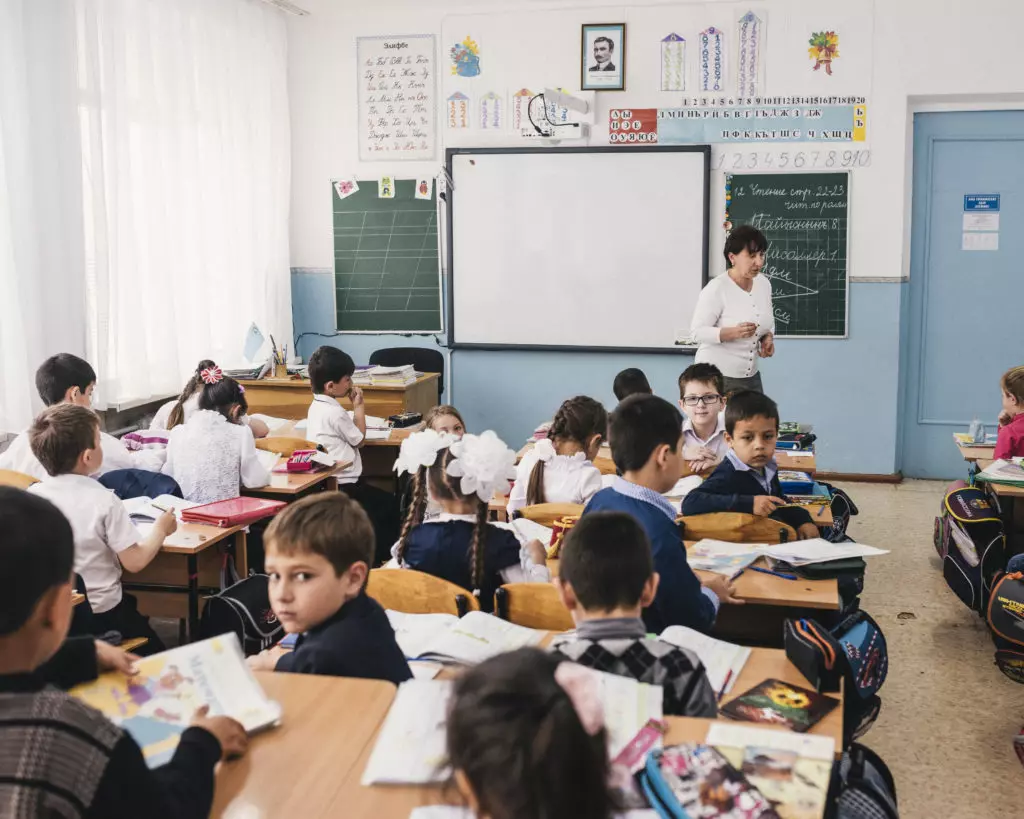
Language is central to cultural preservation, and there are many efforts to revitalize the language. In the post-Soviet period until 2014, a number of schools with Crimean Tatar as the language of instruction were opened. Because the language is primarily heard at home, the instructor of this first grade class had to teach herself the language in order to be able to instruct her pupils. In Ukraine’s capital Kyiv, new textbooks for teaching Crimean Tatar are being developed.
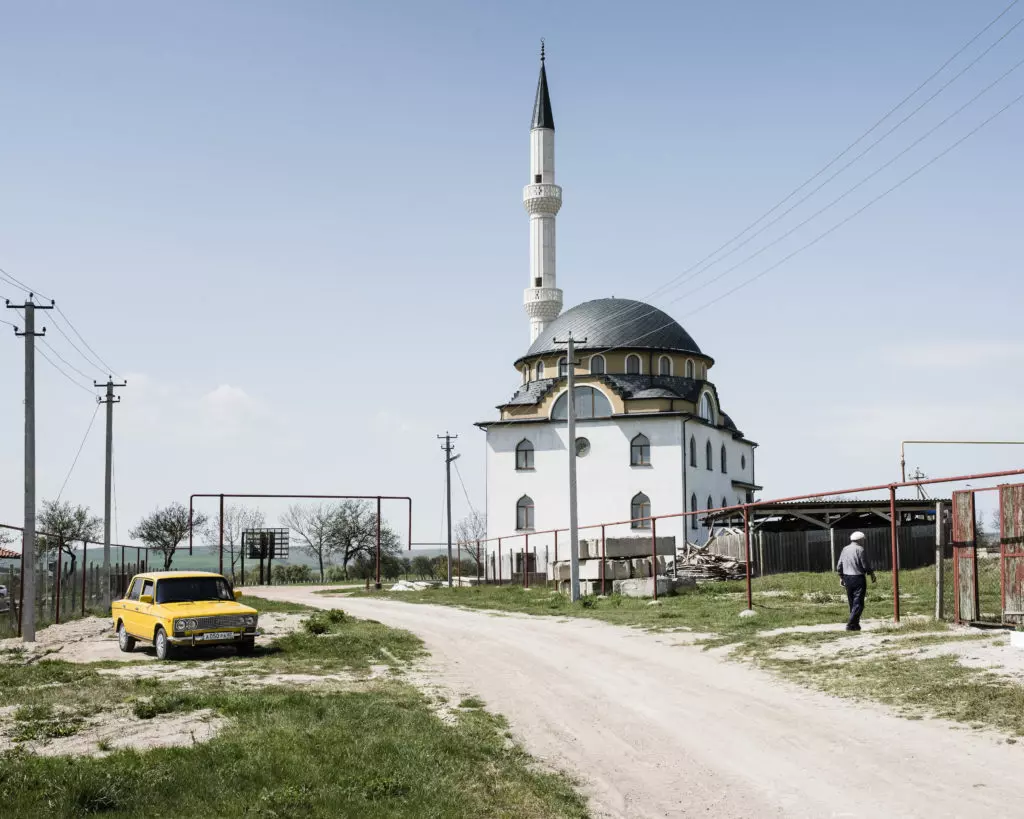
When the Crimean Tatars repatriated from places of former exile, new mosques were built and old ones repaired. This was necessary because the Soviet Union had vigorously promoted atheism. Mosques were converted to museums of atheism, movie houses, and other purposes, or allowed to crumble in disrepair. Crimean Tatars practice a moderate form of Sunni Islam, but the current de facto authorities have targeted mosques like this one, fearing religious extremism and opposition more generally.
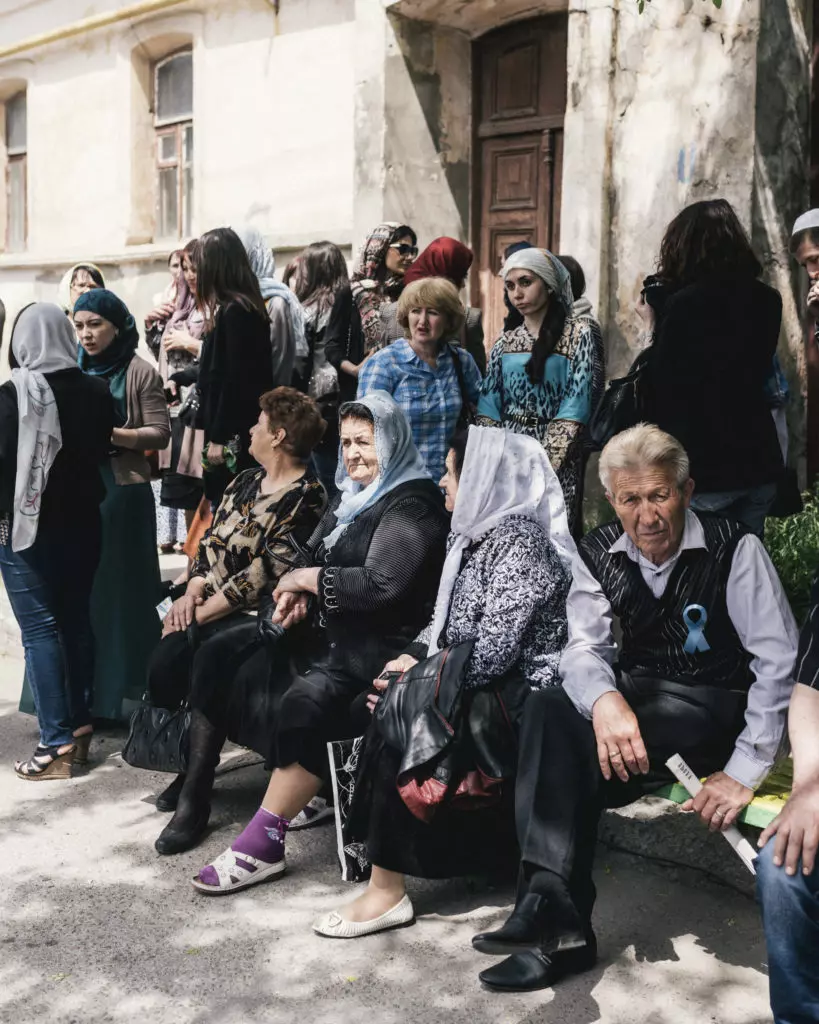
Every year, the Crimean Tatars gather on May 18 to observe a day of mourning. They pray for the lives that were lost as a result of the 1944 deportation.
The day also provides an opportunity to foster cultural unity and set political intentions for the next year. Typically, tens of thousands attended. The Crimean authorities find the practice threatening and have banned such public events in recent years, so the day of mourning is carried out on a smaller scale and privately.
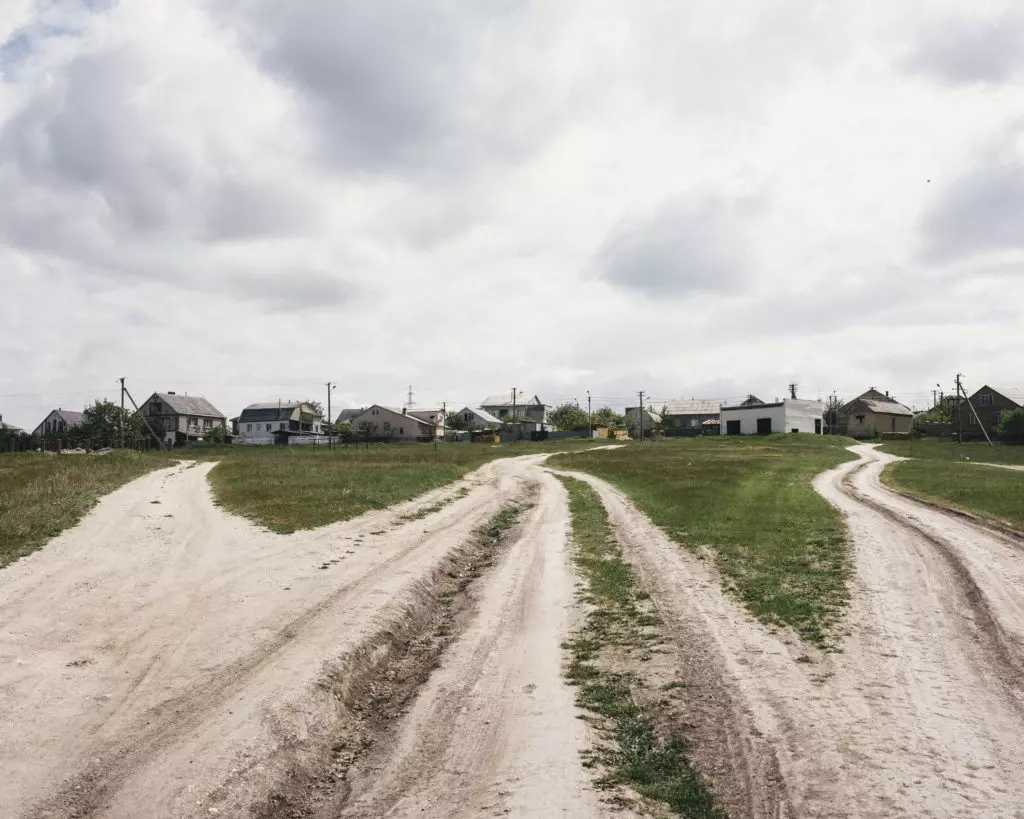
After the collapse of the Soviet Union, Crimean Tatars who were living in places of former exile, primarily Central Asia, began returning. Rather than forcibly repossess the property that had been taken away, they established new settlements, building from the ground up on land that had been Soviet state property. This was carried out at risk of arrest and eviction. The Crimean Tatars persevered by using strategies like squatting. The settlement were eventually legalized but many of them still lack essential infrastructure.
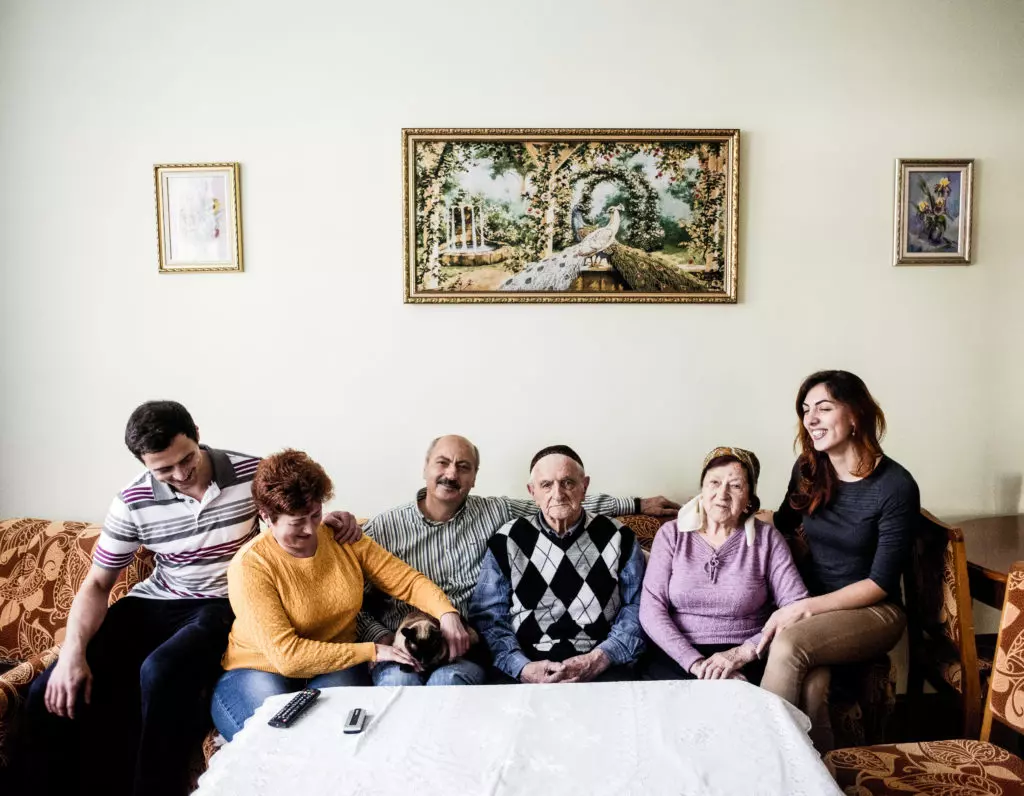
Respect for elders is a defining feature of Crimean Tatar culture. This is visible in the Sheckiev household pictured here, where multiple generations cohabitate. The value accorded to seniors, Crimean Tatars suggest, is evident in the practice of keeping them at home, rather than placing them in nursing homes where they will be cared for by others. The house in this picture was built by the grandfather and son after they were allowed to return to Crimea. The 84-year-old grandmother, Vilde, grew up nearby. She remembers the deportation vividly.

View from Chatyr-Dag. The natural landscape is part of a cultural landscape in which each landmark, whether hill, stream, or valley, has a descriptive place name (toponym). These place names feature prominently in folktales that communicate norms, values, and moral codes to successive generations. When place names are changed by decree (as they have been with each change in power) moral codes are less visible in the landscape. Some of the knowledge is lost and must actively be recovered. But some distinctive Crimean Tatar place names have remained deeply ingrained in the regional population’s mindset irrespective of regime changes.
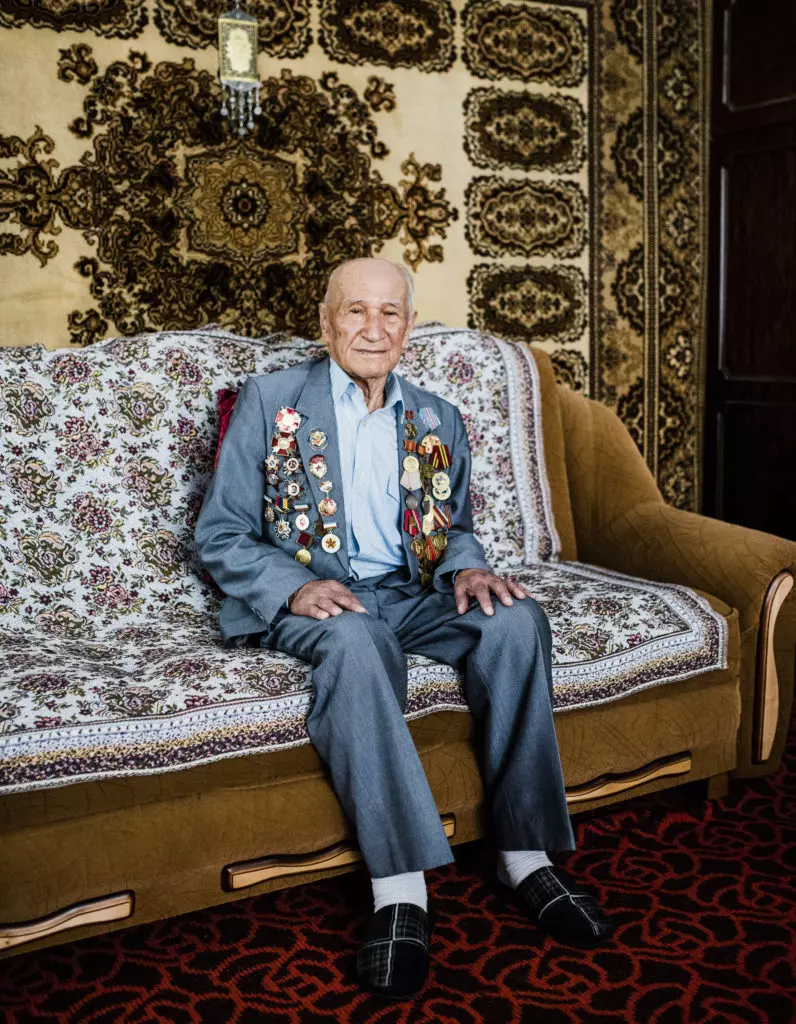
The Second World War, known as the Great Patriotic War in this part of the world, marked a turning point in Crimea. Some Crimean Tatars fought on the side of the German Wehrmacht. Others, like Reshat Sabredinov pictured here, fought against them in the Red Army. As his uniform attests, he has many awards for his achievements. At the end of the war, the distinction between those who fought loyally on the Soviet side and those that chose to assist the Germans was treated as irrelevant: the Crimean Tatars were accused of treason as a group and deported en masse. Only in 1967 did Soviet authorities publicly acknowledge innocent Crimean Tatars had been wrongfully accused. Only after the collapse of the Soviet Union were the Crimean Tatars able to return to Crimea.

The 1944 deportation was carried out without warning in the early morning hours of May 18. Once roused from sleep by heavy knocking on the door, Crimean Tatars were told they had fifteen minutes to gather their belongings. Many family heirlooms and archives were left behind or destroyed in the tumultuous process. Precious is the photograph that survives.

Moritz Küstner works as a freelance photographer in Hannover. He spent one year of his studies at the Danish School of Media and Journalism in Aarhus, Denmark, where he photographed his first story in Eastern Europe. For his bachelor’s degree in photojournalism and documentary photography at the Hannover University of Applied Sciences and Arts, he dedicated himself to the Crimean Tatars after their annexation. The pictures above are part of his work Die Stille ist der Klang der Furcht („Silence is the Sound of Fear“). With the help of the Robert Bosch Foundation’s Grenzgänger Scholarship, he will be able to continue his work on the Crimean Tatars.

Greta Uehling’s scholarship is broadly concerned with migration and displacement. She teaches in the Program on Comparative and International Studies at the University of Michigan, where she is also a faculty associate of the Center for Russian and East European Studies. Uehling was a Fulbright Scholar to Ukraine between 2015 and 2017, and a Summer Fellow with the University of Michigan’s Institute for the Humanities in 2018. She is the author of Beyond Memory: The Deportation and Return of the Crimean Tatars, which offers the first ethnographic description of the Crimean Tatars’ 1944 deportation.
In cooperation with our media partner ostpol
